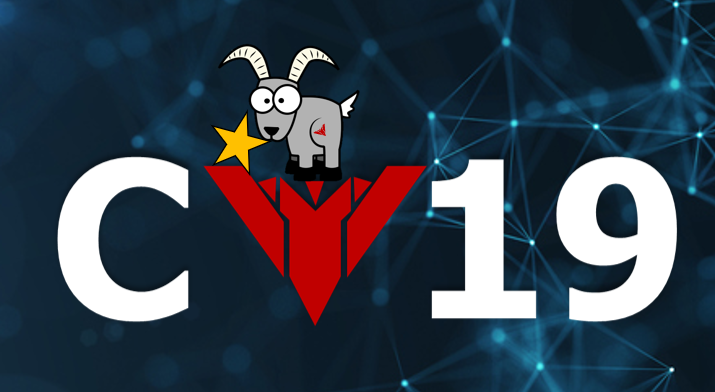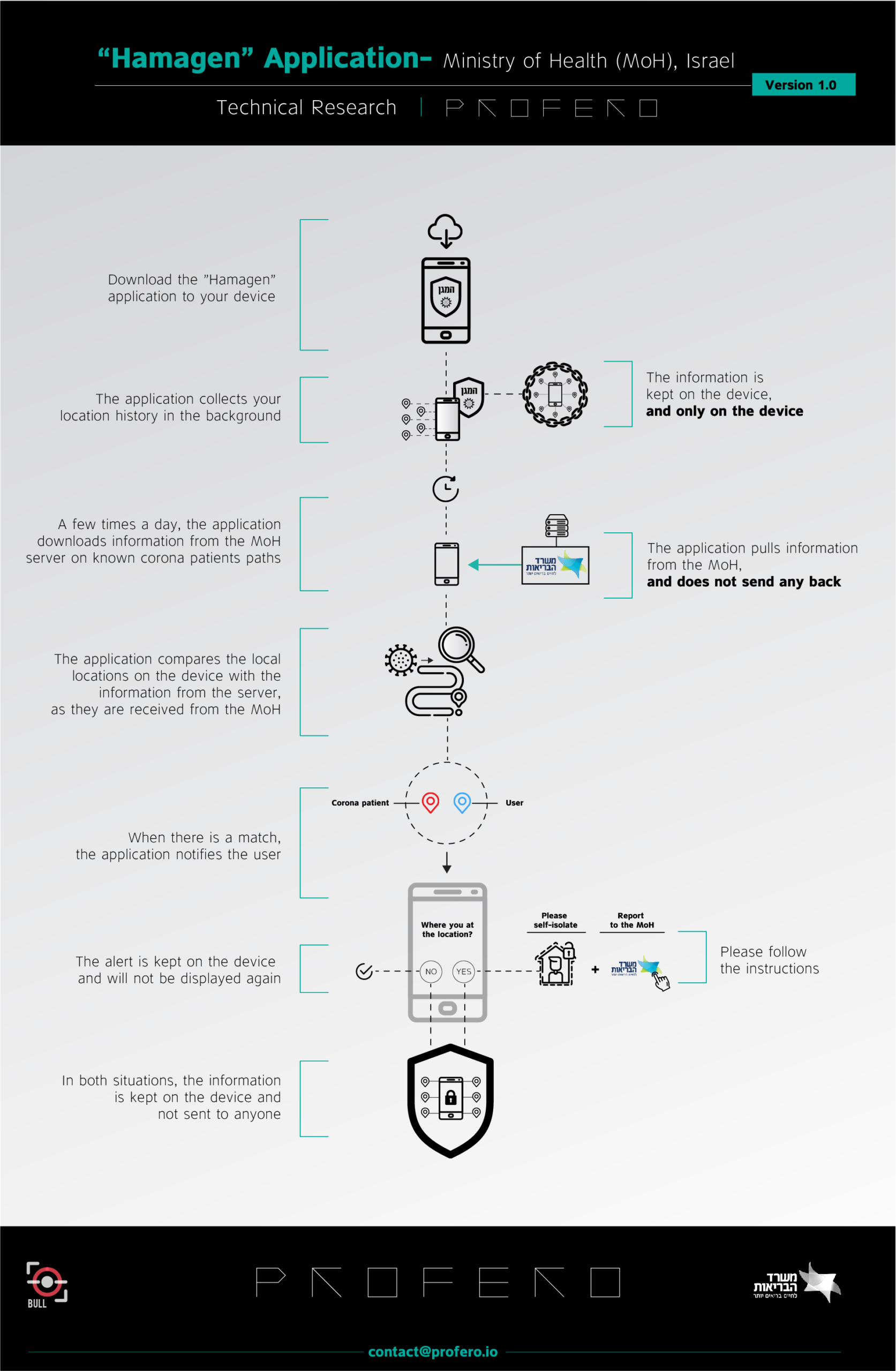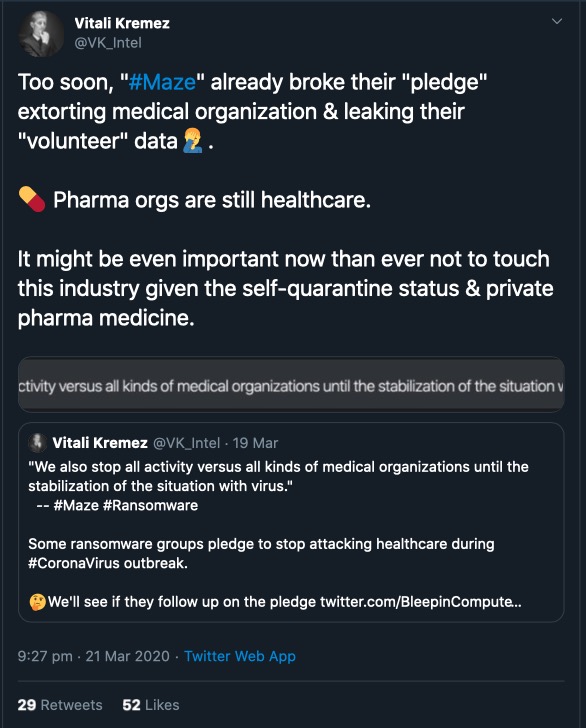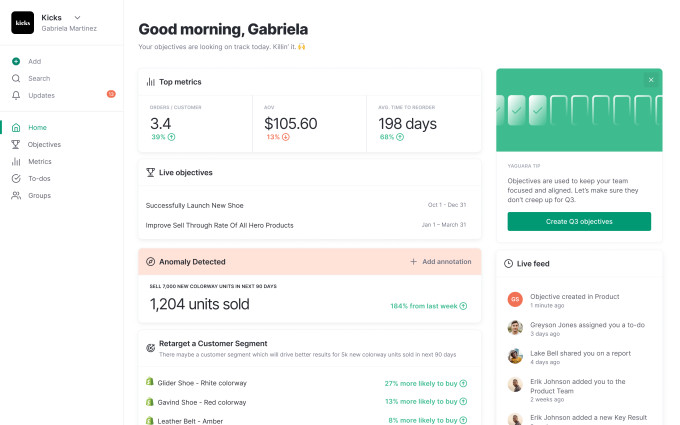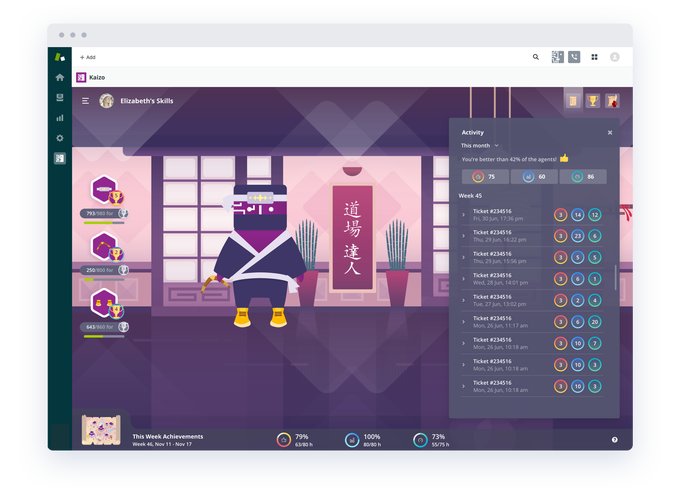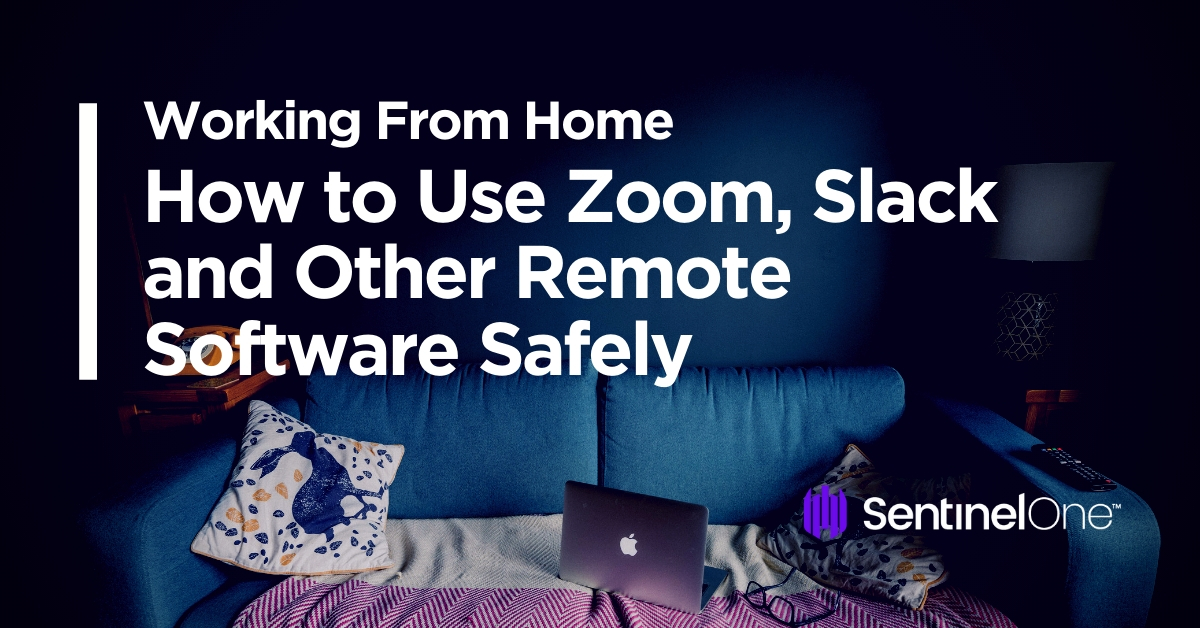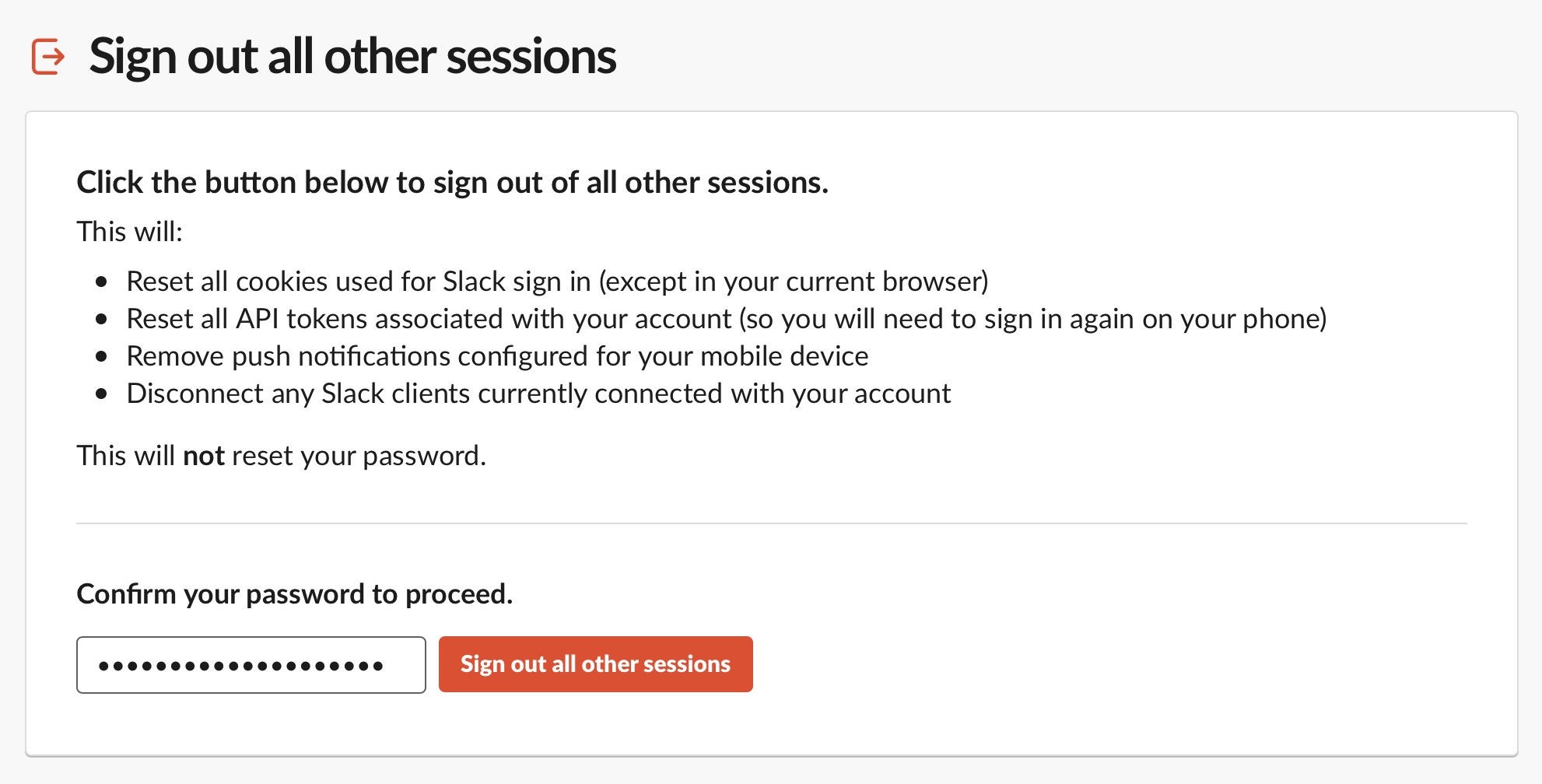SMB loans platform Kabbage to furlough a ‘significant’ number of staff, close office in Bangalore
Another tech unicorn is feeling the pinch of doing business during the coronavirus pandemic. Today, Kabbage, the SoftBank-backed lending startup that uses machine learning to evaluate loan applications for small and medium businesses, is furloughing a “significant number” of its U.S. team of 500 employees, according to a memo sent to staff and seen by TechCrunch, in the wake of drastically changed business conditions for the company. It is also completely closing down its office in Bangalore, India, and executive staff is taking a “considerable” pay cut.
The announcement is effective immediately and was made to staff earlier today by way of a video conference call, as the whole company is currently remote working in the current conditions.
Kabbage is not disclosing the full number of staff that are being affected by the news (if you know, you can contact us anonymously). It’s also not putting a time frame on how long the furlough will last, but it’s going to continue providing benefits to affected employees. The intention is to bring them back on when things shift again.
“We realize this is a shock to everyone. No business in the world could have prepared for what has transpired these past few weeks and everyone has been impacted,” co-founder and CEO Rob Frohwein wrote in the memo. “The economic fallout of this virus has rattled the small business community to which Kabbage is directly linked. It’s painful to say goodbye to our friends and colleagues in Bangalore and to furlough a number of U.S. team members. While the duration of the furlough remains uncertain, please bear in mind that the full intention of furloughing is temporary. We simply have no clear idea of how long quarantining or its reverberations in the economy will last.”
Kabbage’s predicament underscores the complicated and stressful calculus faced by tech companies built around providing services to SMBs, or fintech (or both, as in the case of Kabbage).
SMBs are struggling right now in the U.S.: many operate on very short terms when it comes to finances, and closing their businesses (or seeing a drastic reduction in custom) means they will not have the cash to last 10 days without revenue, “and we’re already well past that window,” Frohwein noted in his memo.
In Kabbage’s case, that means not only are SMBs not able to be evaluated and approved for normal loans at the moment, but SMBs that already have loans out are likely facing delinquencies.
The decision to furlough is hard but in relative terms it’s good news: it was made at the eleventh hour after a period when Kabbage was considering layoffs instead.
The company has raised hundreds of millions of dollars in equity and debt, and it was in a healthy state before the coronavirus outbreak. The memo notes that the “board and our top investors are aware of the challenges we are facing and have committed to helping us through this period,” although it doesn’t specify what that means in terms of financial support for the business, and whether that support would have been there for the business as-is.
The shift to furlough from layoffs came in the wake of an announcement yesterday by Steven Mnuchin, the U.S. Secretary of the Treasury, who clarified that “any FDIC bank, any credit union, any fintech lender will be authorized” to make loans to small businesses as a part of the U.S. government’s CARE Act, the giant stimulus package that included nearly $350 billion in loan guarantees for small businesses.
While that provides much-needed relief for these businesses, the implementation of it — the Small Business Administration has already received nearly 1 million claims for disaster-relief loans since the crisis started — has been and is going to be a challenge.
That effectively opens up an opportunity for Kabbage and companies like it to revive and reorient some of its business. (Its USP was always that the AI it uses, which draws on a number of different sources of online data for the business, means a more creative, faster and more accurate assessment of loan applications than what traditional banks typically provide.) Kabbage said it is in “deep discussions” with the Treasury Department, the White House and the Small Business Administration to help expedite applications for aid.
While loans still make up the majority of Kabbage’s business, the company has been making a move to diversify its services, and in recent times it has made acquisitions and launched new services around market intelligence insights and payments services. While there has certainly been a jump in e-commerce, overall the tightening economy will have a chilling effect on the wider market, and it will be worth seeing what happens with other tech companies that focus on loans, as well as adjacent financial services.
![]()





